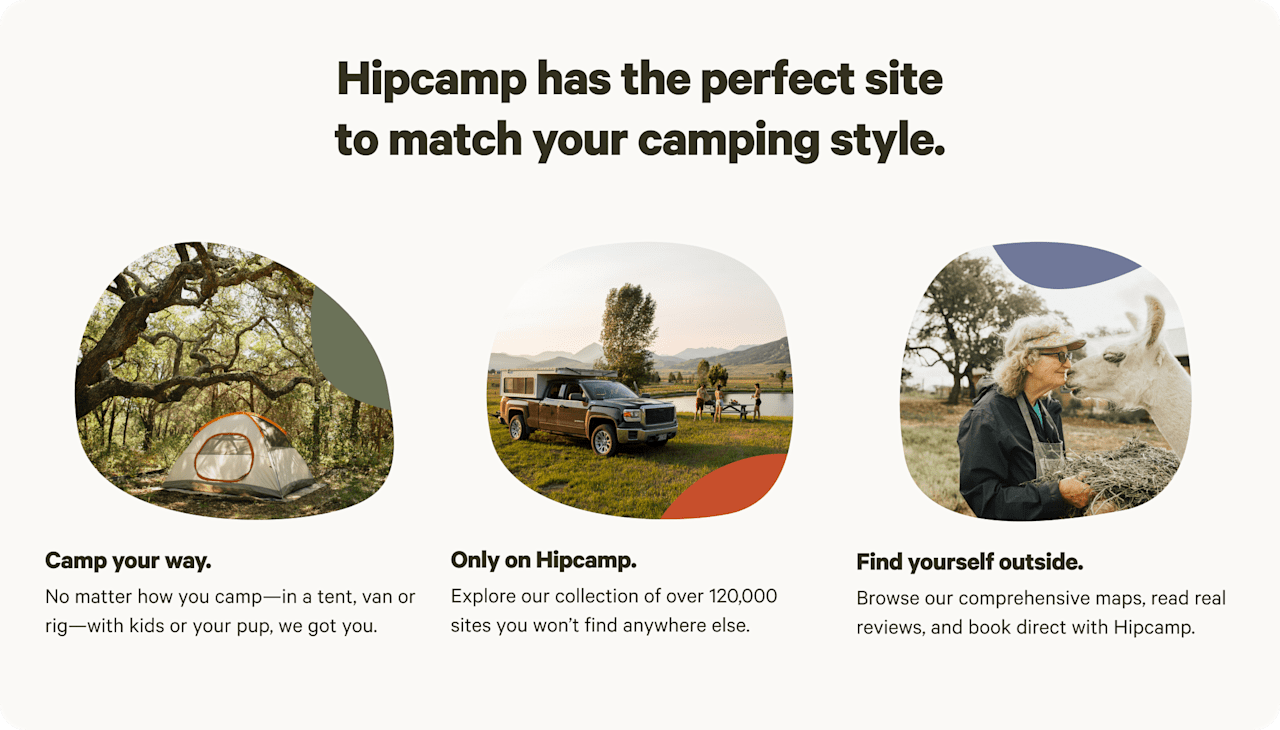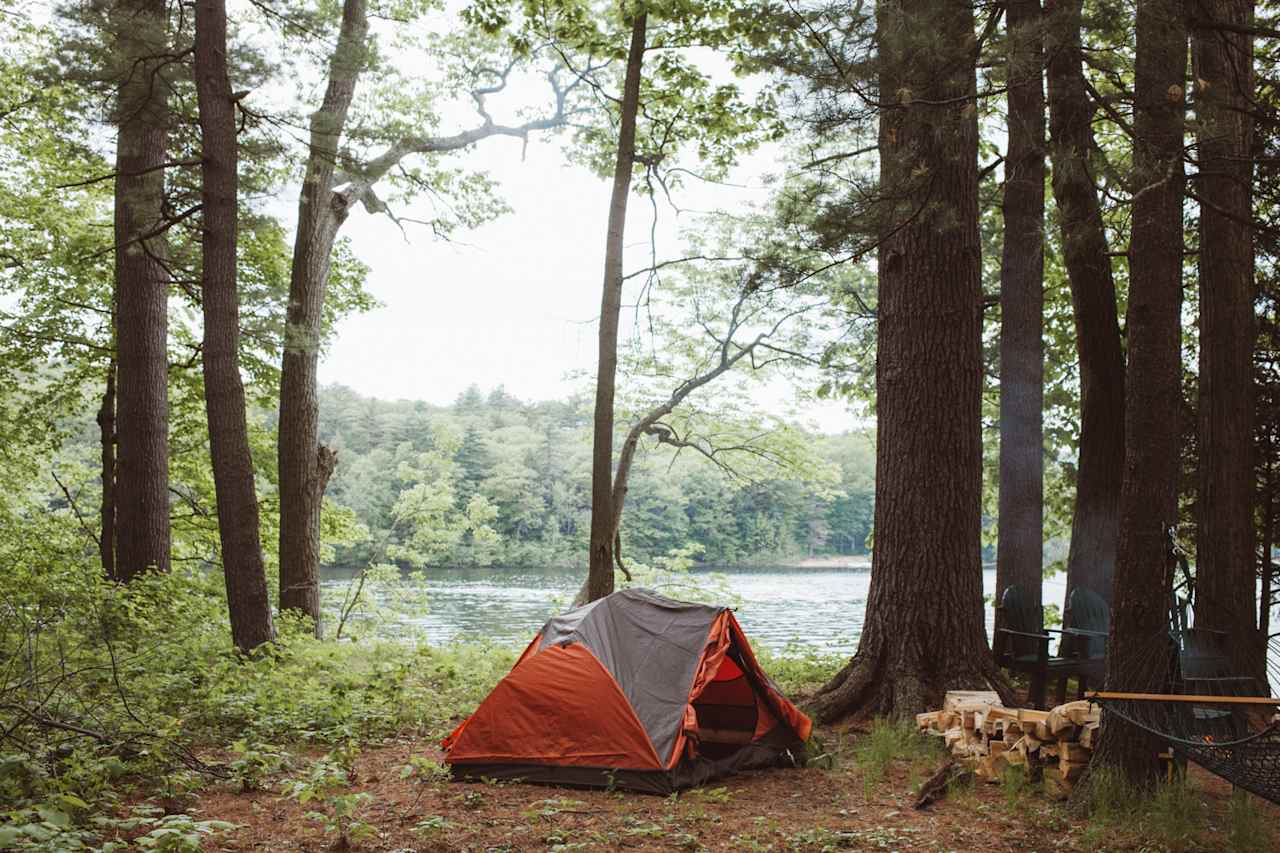What do I need to know before camping in Utah?
Hipcamp staff

Before camping in Utah, it's essential to be prepared and aware of the following information:
- Weather: Utah's climate can be unpredictable, with temperatures ranging from very hot during the day to cold at night. Be prepared for sudden weather changes and pack appropriate clothing and gear.
- Altitude: Utah has a high average elevation, with many camping areas located above 6,000 feet. Be aware of the potential for altitude sickness and give yourself time to acclimate.
- Wildlife: Be aware of the local wildlife, including bears, snakes, and insects. Store your food and trash properly, and be cautious when exploring the wilderness.
- Leave No Trace: Practice Leave No Trace principles to minimize your impact on the environment. Pack out all trash, respect wildlife, and leave natural and cultural features undisturbed.
- Fire Restrictions: Familiarize yourself with the current fire restrictions in the area you plan to camp. Always adhere to posted regulations and never leave a fire unattended.
- Water: Carry enough water for your needs, as water sources may be scarce or unreliable in the desert. When relying on natural water sources, always treat the water before consuming it.
- Permits and Reservations: Some campgrounds and parks require permits or reservations in advance. Research the specific area you plan to visit and secure any necessary permits or reservations ahead of time.
- Dispersed Camping: If you plan to camp on BLM or National Forest land outside of developed campgrounds, be aware of the rules and regulations for dispersed camping and follow them accordingly.
- Road Conditions: Many camping areas in Utah are accessed via dirt or gravel roads, which can be rough and may require a high-clearance or 4WD vehicle. Check road conditions before heading out.
By keeping these points in mind, you'll be better prepared for a safe and enjoyable camping experience in Utah.


